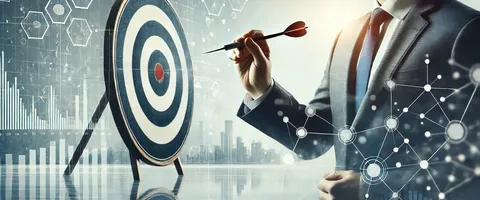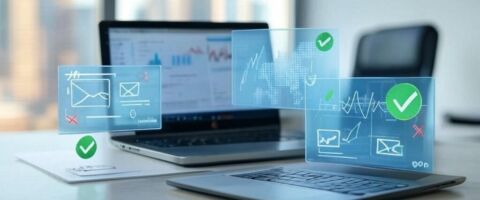Blogs & ideas
How to select groups and triggers for automated email campaigns

By David Battson 3 min read

Marketing automation is being explored by an increasing number of businesses due to the ease it offers in managing effective communications on an ongoing basis.
However, the initial process can feel daunting in terms of what segments you should send to and what triggers you should use to activate an email. So here we break this down and consider the areas you may want to incorporate in an automated email campaign.
Segments and groups
You may have different target audiences for different products and services in your range. Therefore you should target your messages and offers based on this insight into your customers.
You may also want to have different campaign streams depending on how active the customers are. This could be split so that you have different campaigns with targeted messaging for:
A) Clients who have purchased within the last month;
B) Clients who have purchased within the last 6 months;
C) Lapsed clients who have not purchased for over 6 months.
There are many other ways to segment your customer base and their relevance will depend entirely on your sector and individual business; for example:
- Geography – If you provide a service within different geographic locations;
- Gender – if your products are often defined for a specific gender e.g. Aftershave and Perfume;
- Communication Preferences – for example the type of offer or communication to which customers have opted in;
- Seasonality – recognise customers purchasing habits by communicating with them at relevant times.
Triggers
The other main consideration is automated triggers; what actions may a client take that you want to automatically trigger an email or set of emails?
- Visiting a particular page on your website – for example a visit to a certain product page could trigger a set of emails encouraging an inquiry, and ultimately offering a discount to try and promote a sale if they do not purchase in a set time from initial interest.
- Abandoning a basket – if a visitor to your online shop has added an item or items to their basket, but then not gone ahead with the purchase, a timely reminder could encourage the sale to proceed through to completion.
- Clicking a link on your email – if someone visits your landing page by clicking your email but does not convert to an enquiry, you can trigger a set of emails to promote the same product at appropriate times.
- Signing up for your newsletter – you would want this action to trigger the client to receive all future newsletters.
- Special dates – if due to the nature of your product you have gathered birthday, anniversary or other relevant date information, use this to promote your product or service when there may be a peaked interest.
How to get started
Hopefully, this has given you an idea of some of the ways you could segment and trigger automated campaigns.
There are many email distribution systems which now allow you to set up segments and triggers as above to make your campaigns more effective. This also reduces the manual sends required and saves your valuable time.
Feel that a helping hand in setting up effective marketing automation would be useful?
There are agencies who can help. Select one which can provide both automation and insight services. They will then be able to help you define and select the most appropriate segments and triggers for your audience.
Further reading: Data HQ's complete guide to email marketing
Related blogs and ideas
Explore more ideas
Let us open your mind to new possibilities
Our stories and ideas direct to your inbox





